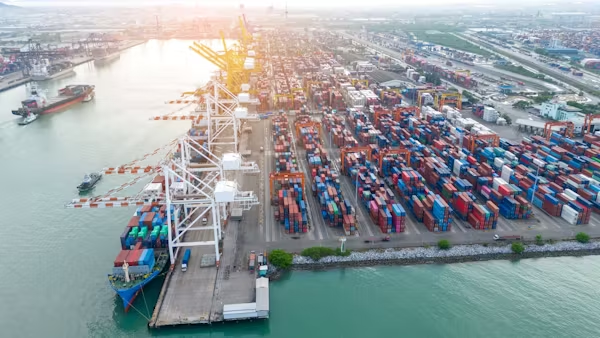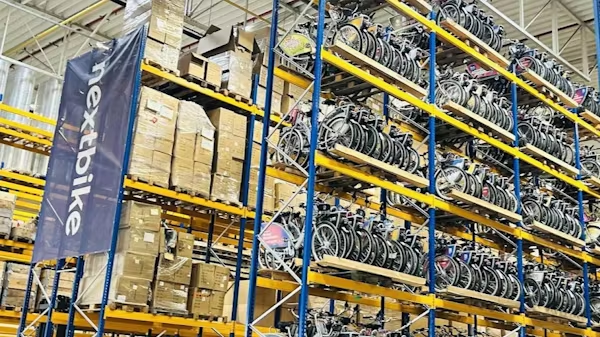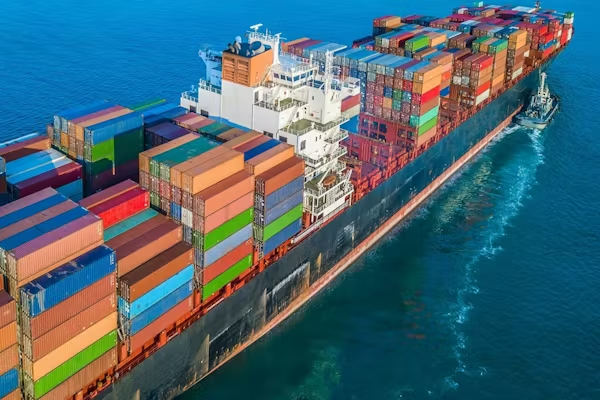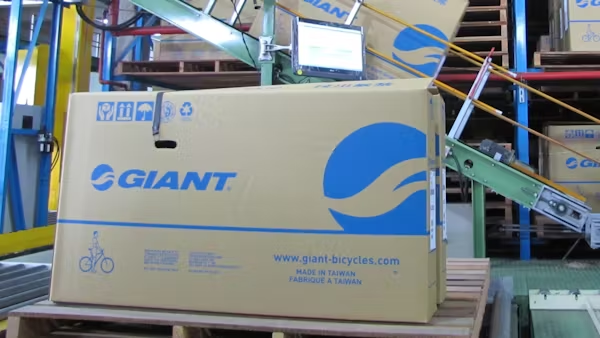Container Prices Drop: What It Means for the Bicycle Industry
In recent weeks, there’s been a significant shift in global container prices, impacting various industries, including the bicycle sector. According to the latest World Container Index (WCI) by market research firm Drewry, shipping costs have fallen for the tenth consecutive week, particularly noted on the Shanghai–Rotterdam route. This trend raises important questions about the future of bicycle availability, pricing, and the industry as a whole.
The Decline of Container Prices
Shipping costs have been a major concern for the bicycle industry over the past few years. High container prices have contributed to inflated retail prices for bikes and components, making it tougher for consumers and retailers alike. However, the recent reported drop in container rates is a silver lining for the industry. With costs starting to stabilize, retailers may have the opportunity to pass on savings to consumers, paving the way for more competitive pricing in the market.
Impacts on Bicycle Availability
One of the most significant impacts of falling container prices is the potential for increased availability of bicycles and cycling accessories. Retailers have faced challenges in managing inventory due to the unpredictable nature of shipping costs. As container prices decline, manufacturers may increase their production to meet consumer demand without the fear of exorbitant maritime transport costs. This could result in more diverse product offerings, catering to the varied needs of cycling enthusiasts—from casual riders to serious competitors.
Future Trends in the Cycling Market
As containers become more affordable, we may start to observe trends toward local production and more robust supply chains in the bicycle industry. While many companies have relied heavily on international manufacturing, a stable shipping cost could encourage a shift toward sourcing materials closer to home, increasing the sustainability of cycling products. Embracing innovative manufacturing processes, such as 3D printing or modular designs, will also become crucial as industry stakeholders look to improve efficiency and reduce costs.
Personal Insight
In my own cycling experience, I’ve noticed firsthand how inflated prices can deter potential buyers from diving into the cycling lifestyle. Lower container costs can not only make bikes more accessible but also encourage new riders to explore the joys of cycling. As we reconnect with the core values of biking—freedom, adventure, and sustainability—let’s hope these changes also foster a renewed respect for the environment and our local communities.
Conclusion: A Positive Shift for Cyclists
The decline in global container prices heralds a promising future for the bicycle industry. Increased availability and more competitive prices are set to benefit not just manufacturers and retailers but also the cycling community as a whole. As we progress, maintaining a focus on sustainable practices and local sourcing will be key in ensuring the long-term health of the cycling industry. With the combination of more accessible options and community-driven initiatives, cycling could very well become an even more integral part of our everyday lives.
Keep an eye on the evolving market, and happy cycling!
Original article: Click here











